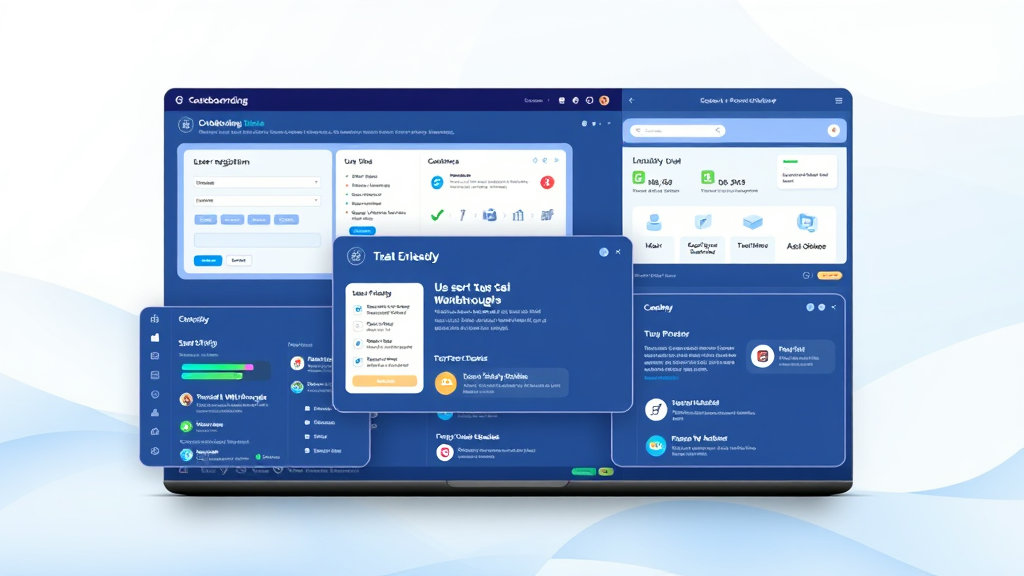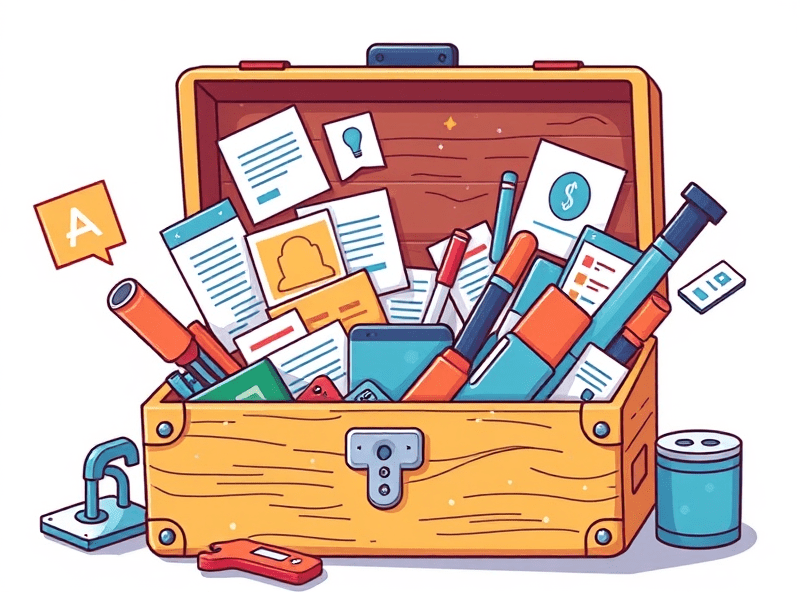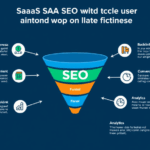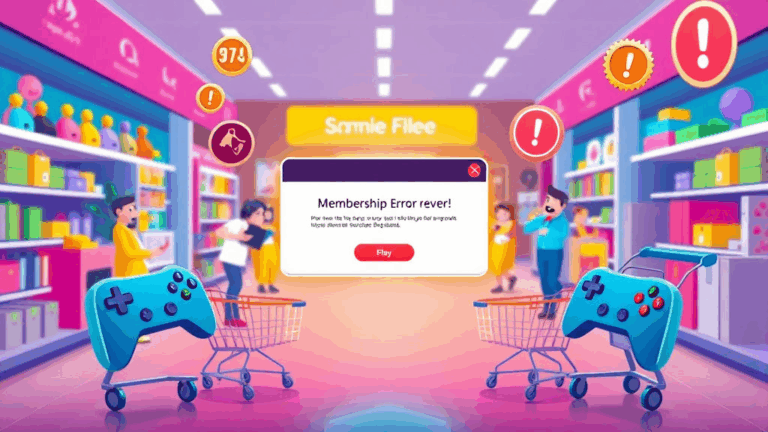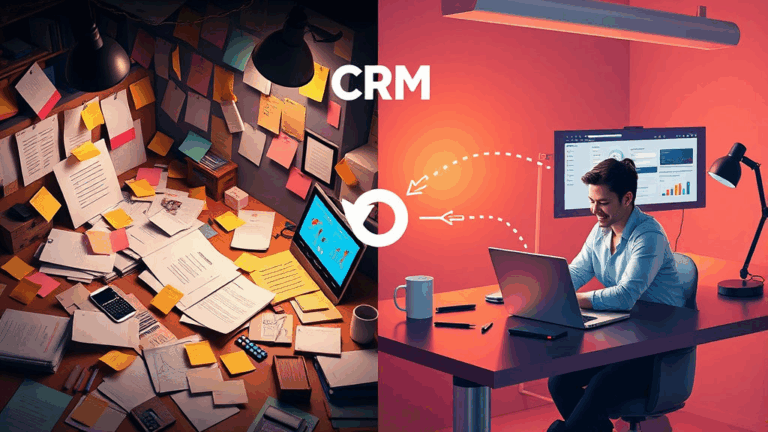SaaS Onboarding Automation Tools I Actually Got Working
When Built-In Product Tours Fall Apart
So here’s where I lost an entire Friday: I was relying on one of those flashy in-app tour builders (it rhymes with “Croff”) to onboard users inside a single-page Vue app. Looked fine until I realized the steps wouldn’t advance half the time because of how dynamically the elements load. The helper span would try to bind to a DOM node that hadn’t dropped in yet. No errors. Just… no tour.
The workaround was dumb: I had to inject setTimeout selectors at each stop to let async components render before targeting them. Not scalable. So I dumped it and started passing post-login context via localStorage and firing tailor-made modals from my own onboarding microservice.
Lesson: unless your app is 100% DOM-predictable, visual walkthroughs that rely on static element selectors will become an unpaid internship in DOM debugging.
Triggering Onboarding From Behavioral Events
A lot of SaaS platforms default to onboarding flows that trigger on login or after email verification. That’s fine until you realize half your users just want to explore silently before they commit to any workflow. Triggering onboarding based on click paths or inaction delays ended up being way more effective in my setup.
- Detect inactivity beyond 90 seconds? Show a tip panel.
- Two failed integrations? Suggest live support.
- User keeps skipping the billing tab? Fire a discount nudge with Loom embedded.
I pulled this off using Segment + a tiny webhook system that talks to my internal onboarding orchestrator. Not a full CDP by any means — just a dumb decision tree that watches event frequency and fires off guidance. Felt silly, but it worked.
Email Playbooks vs In-App Prompt Campaigns
This one’s not even close for me anymore. Email playbooks are nice up top (especially post-signup), but after day three, users filter them. In-app prompts, especially those that tie closely with a user’s current activity, outperform every single time.
But — and this is a big but — don’t let your support team write the prompts directly. The temptation to add passive-aggressive copy (“Still stuck? Click the help button…”) is real. Test everything on a fresh account with click logs streaming to your dashboard.
Also, a weird bug I tripped over in one onboarding tool: in-app messages wouldn’t show if the user’s system language wasn’t English, even when custom content was uploaded per locale. Turns out the fallback content loader was silently failing when the Accept-Language header was missing. That took me two days and one proxy sniffing session to isolate.
SaaS Tools Worth Actually Paying For
- Chameleon — Expensive, yeah, but surprisingly stable for deep product tours on React or Vue apps. Handles component refreshes better than most.
- Appcues — Cleaner editor than Pendo, though styling is a bit rigid unless you inject custom CSS.
- Customer.io — If your onboarding needs a multi-day drip with behavior-triggered emails, this is stronger than most “modern” ESPs.
- Intercom — Pricey for startups, but I keep coming back when I want timeline-based messaging combined with bot fallback.
Be cautious with retrofitting these into existing UIs that use a lot of iframes or shadow DOM. I once had Appcues completely fail in a settings modal simply because it couldn’t find the injection point through encapsulated styles. No errors, no fallbacks, just dead silence.
Undocumented API Quirks That Broke Onboarding
I onboard users into a workspace-builder system — think Trello + Notion — and use a campaign API to queue up their first-time experience. One night, campaigns just stopped. Logs said nothing. Dug into the payload diff between new and old users and saw that when they registered via third-party SSO, the creation_origin field came through as an object… not a string.
{
"user_id": "abc123",
"creation_origin": {
"type": "oauth",
"provider": "google"
}
}The campaign logic matched against a string — "google", not this object — and silently dropped them from onboarding paths. Zero documentation on that. Took me routing logs through a garbage sidecar and flattening payloads to discover it.
A related gotcha:
If you use Intercom with custom event-based triggers, make sure your date fields are milliseconds since epoch — not actual ISO 8601 strings — or they’ll silently be considered invalid and your flows won’t schedule properly. Yes, even though the docs say both work.
Onboarding Trigger Timing and Load Race Conditions
Here’s the dumbest bug I hit last year: onboarding messages in Intercom would show up before the user’s actual role loaded. So a brand-new admin would get nudged with “ask your admin to configure teams” — which makes zero sense if the person is the admin.
The issue? The init script loaded Intercom before our roles API finished hydration. Intercom was seeing the empty default role and starting the onboarding tour immediately.
The fix was dirty but worked: defer Intercom’s boot until user.roles.length > 0. That added a slight delay to when messages showed up, but at least they got shown the right ones.
Onboarding State Persistence Through Crashes and Interruptions
If your onboarding flow is more than three steps long — and let’s face it, most are — users will bail halfway. Android WebView reloads kill your context. Ad blockers clip localStorage. And if you use Redux to track onboarding state in a multi-tab session? Expect tears.
I ended up storing onboarding progress in a mutable cloud KV store (in our case, Firebase RTDB, doesn’t really matter), and syncing that into local state on boot. But the trick wasn’t the storage — it was resuming flows gracefully. Users who took a break shouldn’t start from step one again.
So I added a dirty hash-based flow sequencer. It stores the last acknowledged step like setup-flow--3 and pulls it after auth. If the backend sees that step exists but isn’t final, it injects that script block back into the UI. Sketchy? Sure. But way more tolerable than forcing everyone back to “connect your Slack account” after getting booted for inactivity.
Real A/B Snag: Variation B Passed, But UX Imploded
Ran this test where Variation B delayed the first onboarding tip by 30 seconds post-login. Helped reduce immediate bounces. The CPO loved it. Until I reviewed recordings and saw half the users were typing into a config form when the popup came up — and the whole modal UI jumped 10px due to sudden DOM injection. Inputs lost focus. Data got wiped.
Bad UX moment sparked by a good metric. We patched that by injecting the popup absolutely and position: fixed to avoid layout shifts, but man. That one was embarrassing. Taught me to always pair A/B tests with session recording reviews, not just heatmaps and bounce data.
